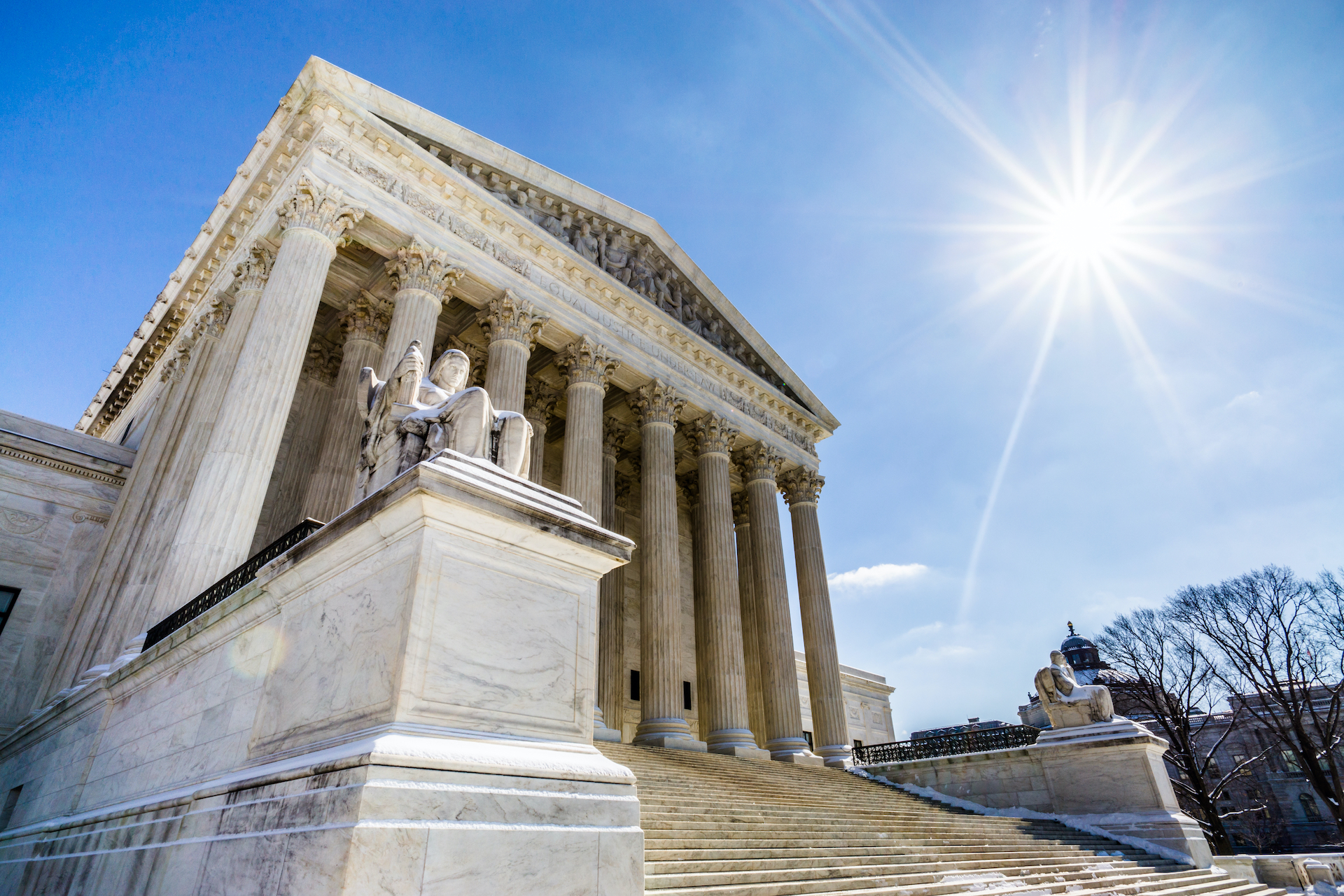Nine Important Dates to Look For After the Presidential Election
While the polls close and votes continue to count, here are nine important dates to keep track of before the next president is sworn in on January 20, 2025.
After the polls closed last night around the country, the path to a Kamala Harris or Donald Trump presidency looms. The road to the Oval Office for either candidate will take several more weeks. Detailed processes are set in place to ensure each ballot is counted accurately, as well as state and federal officials declaring who won the most votes through the Electoral College.
One of the first dates to look out for is November 7. Starting Thursday, the state certification of results begins. Each state will go through every vote submitted and certify its accuracy. Delaware has the earliest certification date in the country, and their process is to be completed by tomorrow. The other states will follow suit, even battleground states. Battleground states such as Georgia will need their results in by November 23, followed by Nevada on November 26.
Next, November 11 marks the beginning of presidential transition briefings. If no clear winner is projected before the deadline, federal agencies are required to brief both campaigns. The Harris and Trump campaigns will go through a series of briefings to determine which key roles need to be filled. However, if neither candidate concedes within five days from Election Day, both campaigns will start separate transition planning.
Another important date is November 26, which marks Trump’s sentencing in his hush money trial. In May, a jury found the former president guilty of 34 counts of falsifying business records. Now, the New York State Supreme Court will determine Trump’s sentencing, even if elected as president. He would not be able to pardon his convictions, though, as the president does not have the power over state charges.
As we near the end of the year, there are several key dates to look out for during December. December 11 is the deadline for state executives to sign certificates of ascertainment. This formally allocates a state’s electors to the winning candidate, with each certificate sent as the result to Congress. Each individual on the piece of the paper will be the electors making their state’s vote for the electoral college.
On December 17, electors will vote. In every state, electors will meet and cast their votes for president and vice president. The electors’ votes will be recorded and sealed with the certificates of ascertainment. The following week, on Christmas Day, the electoral votes will be sent to Washington, D.C. The process of sending important documents was established well before the introduction of the internet, where documents were allotted time to travel by horseback.
Fast forward to the new year; the official swearing-in of the next president is a few weeks away. Prior to that, January 3 marks the House and Senate convening. Every two years the House and Senate are newly elected, and they meet to elect the Speaker. The electoral votes will be counted by Congress three days later, on January 6.
During a joint session between the House and Senate, the Vice President overlooks the final step of every vote being counted. If Vice President Harris wins or not, she will be tasked with the ceremonial duty of overlooking each vote being counted without interfering. The Vice President has no administrative power to reject any of the electoral votes.
As we near the end of January, the next president will be sworn into office. On January 20, the president-elect will take the Oath of Office. While the past president is usually there for each inauguration day, Trump did not attend President Biden’s in 2021. President Biden will be attending regardless of the outcome.
“This President believes in the peaceful transfer of power, and that’s what you’re going to see this President do,” spokeswoman Karine Jean-Pierre stated.
Writer | Tweet me @izzygargiulo






